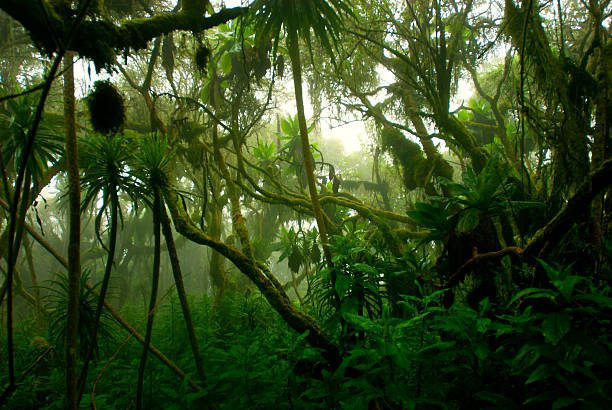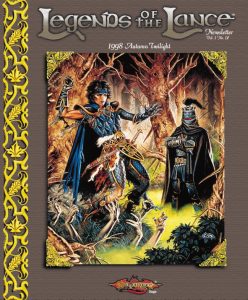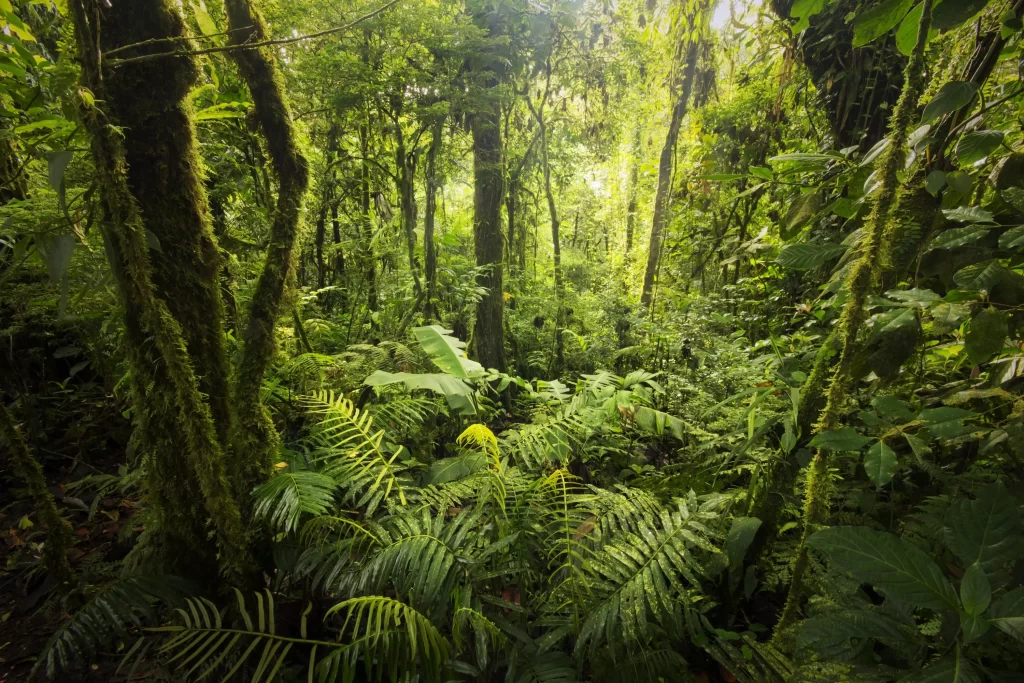
Where rain comes during mostly during the rainy season, but in great abundance, monsoon forests form. Like in savannas, the two seasons form two distinct kinds of environments.
During the dry season, monsoon forests are eerie places, as if consumed by a hot, merciless autumn: the trees lose their leaves, the water retreats, leaving behind crooked roots. Vegetation is the thickest and most plentiful by the rivers and lakes, since these plants have a consistent and mostly stable access to water.
During the wet season, the monsoon forest blooms into life. Trees regrow their leaves, flowers blossom, fruits grow. Rain pummels the earth, turning the land into mud and flooding the rivers. Difficult terrain is commonplace, and in some areas the travelers must trudge for hours through the mud. Those who travel through muddy terrain must succeed in a DC 10 Constitution saving throw at the end of each hour of travel or gain one level of exhaustion. Whenever the rain stops, the air remains so hot and humid that getting dry seems impossible.
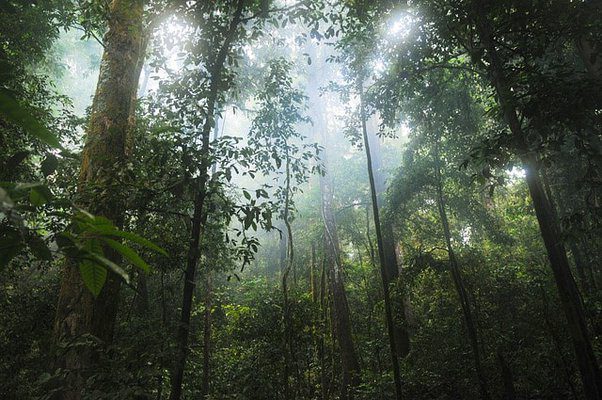
Insects and birds are less plentiful in monsoon forests and the lands are dominated by creatures that can survive both the torrential rain of the wet season and the drought of the dry season. Mammals such as baboons, deer, and tigers are a common sight. Larger animals, such as elephants and rhinos, are not uncommon either, though both are smaller in size compared to their savanna cousins.
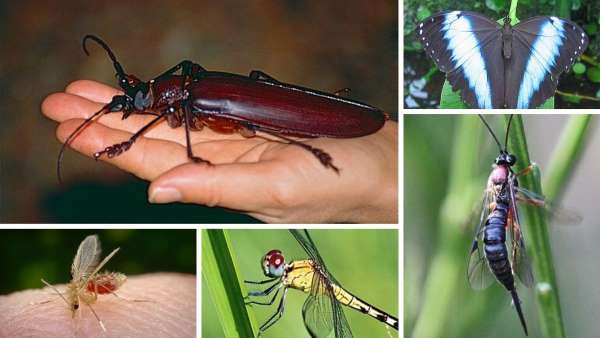
For humanoids, monsoon forests provide opportunities to hunt, forage and farm. Utilizing the heavy rainfall with canals and rice paddies can lead to bountiful harvests. During the wet season, the monsoon forest also provides unique alchemical ingredients, such as certain flowers or fruit, which can catch a high price in the right market. None are as sought-after, however, as the elusive black lotus.
The lotus flower has symbolical and religious value and is used in many alchemical concoctions. Cultivating the plant requires a special artificial pond with controllable water levels. This requires skill, patience, and a good understanding of the beautiful and delicate flower. For lotus cultivators, the black lotus is the equivalent of a philosopher's stone. Nobody has ever managed to grow a black lotus; they can only be found in the wild.
There are many stories about how black lotuses come into being. Some say that a murder of kin must take place in the pond when the lotuses are still seedlings. Others say that black lotuses are regular lotuses that have in some way been corrupted by demonic power. Theories about the conditions that create black lotuses are manifold, but the benefits of eating a black lotus are universally coveted.
It is highly uncommon to find more than one black lotus in a single pond and usually if one forages for lotuses for their whole life, they may find a single black lotus. Because of their extreme rarity, a harvested black lotus can end up igniting conflicts between powerful people, as they scramble to gain the benefits before the flower withers.
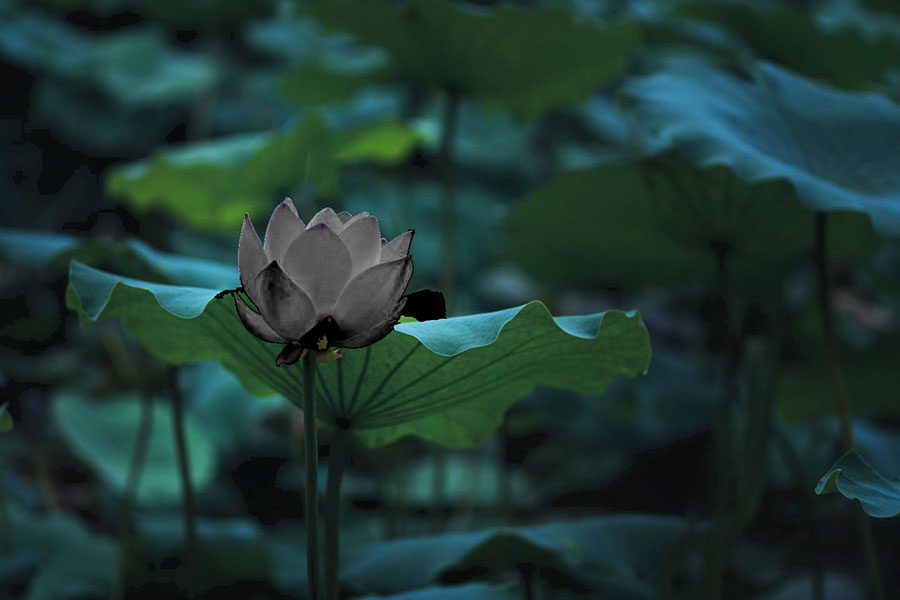

The Black Lotus
Although the entire plant is magical, the flower of a black lotus is the greatest source of its power. Eating a black lotus gives the user an extended lifespan: the lifespan of the person permanently increases fivefold. They also permanently become immune to disease and gain a resistance to poison. The flower must be consumed in full to gain the effects.
Eating the root of the plant has healing powers. Consuming a fresh slice of the root heals any disease and the user regains all hit points. Dried slices are less potent and heal 1d20 hit points, but they also heal any disease when consumed. A single root can be cut into a dozen slices.
The lotus can be sustained by magical means, but otherwise withers away and the flower loses its magical abilities within a few hours to a few years of being cut, depending on how it's cut, how it is preserved, how it's prepared to be preserved, handling, and other factors like temperature.
